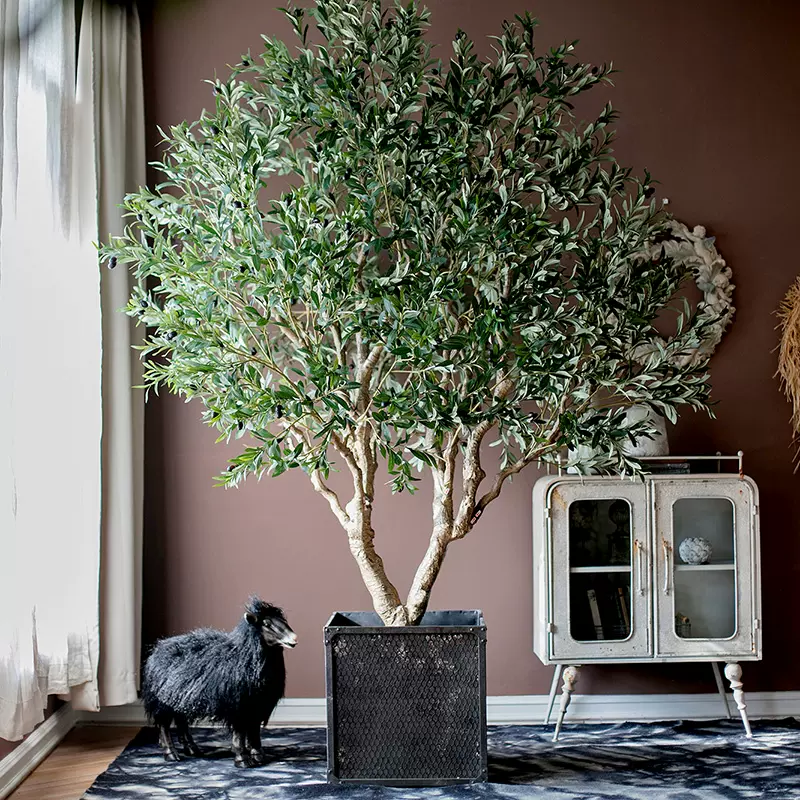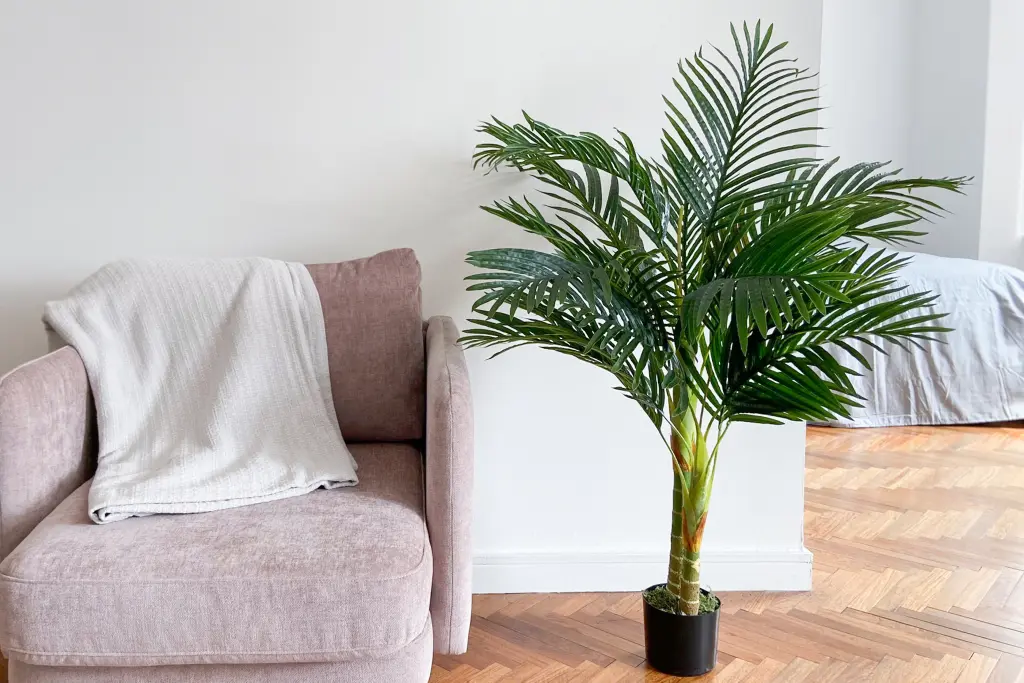Exploring the Beauty and Benefits of Faux Olive Trees
Introduction to Faux Olive Trees
Faux olive trees have emerged as a popular choice in home decor, gaining significant attention for their aesthetic appeal and practical benefits. These artificial trees mimic the appearance of real olive trees, which are known for their distinctive silvery green foliage and gnarled trunks. Originating from Mediterranean regions, the olive tree symbolizes peace and prosperity. However, maintaining a live olive tree can be demanding, as they require specific climates and extensive care. In contrast, faux olive trees eliminate these challenges, making them an attractive alternative.
The primary distinction between faux olive trees and their live counterparts lies in the materials used. Faux olive trees are often crafted from high-quality plastics, fabrics, and other synthetic materials, designed to withstand the test of time while retaining their alluring appearance. Unlike live trees, which may require regular watering, pruning, and sunlight, faux variants require minimal upkeep. This low-maintenance aspect makes them an appealing option for those who wish to enjoy greenery in their homes or gardens without the associated responsibilities of plant care.
In addition to their practicality, faux olive trees offer remarkable versatility in decor. They can be seamlessly integrated into various interior design styles, ranging from rustic to contemporary. Their unique ability to provide a touch of elegance without the hassle of live plants has contributed to their growing popularity, especially in urban environments where space and conditions may not be conducive to growing natural greenery. With a faux olive tree, one can enjoy the charm of these Mediterranean symbols infused into their living spaces year-round.
Advantages of Choosing Faux Olive Trees
Faux olive trees have gained popularity in both residential and commercial settings, offering numerous advantages that make them an excellent decorative choice. One of the primary benefits of incorporating faux olive trees into your space is their allergy-friendly nature. Unlike real plants, which can produce pollen and other allergens, faux plants remain a safe option for individuals with allergies, ensuring a comfortable environment.
Another significant advantage is their longevity. Faux olive trees are designed to endure the test of time, maintaining their appearance without fading or wilting. This durability can translate into considerable cost-effectiveness over time, as the initial investment in a high-quality faux tree may be offset by the lack of maintenance costs typically associated with living plants, such as watering, repotting, or replacement due to decline.
Moreover, faux olive trees do not require sunlight, making them perfect for areas that lack natural light. Their versatility allows them to thrive in virtually any indoor environment, whether it is a dimly lit office or a bright living room. Furthermore, these artificial trees can seamlessly complement various decorative styles, from contemporary to rustic, and can be easily repositioned to suit seasonal changes or redesigns without concern for plant health.
Faux olive trees also provide the aesthetic appeal of greenery without the responsibilities associated with plant care. With no need for constant watering or specific sunlight, they offer an effortless way to add elegance and style to any setting. As such, choosing faux olive trees not only enhances the overall decor but also simplifies your lifestyle, making them a practical and attractive option for anyone looking to incorporate nature into their space.

How to Choose the Right Faux Olive Tree
When selecting the perfect faux olive tree for your space, several factors need to be considered to ensure it complements your decor and meets your personal preferences. One of the primary aspects to consider is the size of the faux olive tree. Depending on the dimensions of your room, you might opt for a small tabletop version or a tall floor model that makes a statement. Measure your available space to ensure that the tree fits appropriately without overwhelming the area.
The realism of the faux olive tree is also paramount. A high-quality replica should closely mimic the appearance of a real olive tree, featuring natural textures and colors. Look for trees that have detail in their leaves, bark, and stems, effectively incorporating shades of green and brown that reflect authenticity. Many manufacturers offer various color variations, which can enhance the realism and allow you to choose a tree that harmonizes with your interior aesthetic.
Material quality is another crucial aspect to consider. Trees made from durable materials are typically more visually appealing and can withstand different environmental conditions if needed. Look for a faux olive tree constructed from high-grade plastic or silk, as these materials tend to provide a more lifelike appearance and longevity.
Lastly, think about the decor setting. A faux olive tree can serve as a stunning focal point or a subtle accent in your home. Place the tree in areas that benefit from a touch of nature, such as living rooms, entryways, or even offices. Always take into account the surrounding décor and choose a placement that maximizes impact while creating a cohesive ambiance.
Caring for Your Faux Olive Tree
Maintaining the appearance and longevity of your faux olive tree is essential to ensure it continues to enhance your home or office decor. Regular care will keep your tree looking fresh and vibrant, enhancing its aesthetic appeal in your space. One of the simplest yet effective maintenance routines involves cleaning. Dust and grime can accumulate over time, potentially dulling the beauty of your faux olive tree. To clean, use a soft, dry microfiber cloth to gently wipe the leaves and branches. For a more thorough cleaning, you can lightly dampen the cloth with water, but avoid soaking the materials, as excessive moisture can harm the tree’s structure.
In addition to routine dusting, it is a good practice to assess the placement of your faux olive tree. Ensure it is located away from direct sunlight for extended periods, which could lead to fading of colors and reduce its vibrancy. Moreover, consider rotating the tree occasionally. This simple act will help expose all angles to varying light conditions, preventing uneven color fading.
Storage is also an important aspect of maintaining your faux olive tree, especially during seasonal changes. If you decide to store your tree away for any reason, ensure it is kept in a cool, dry place where it is protected from extreme temperatures and moisture. Packaging it carefully in a protective wrap can prevent any accidental damage.
Faux olive trees can become a focal point when combined with other decorative elements. Consider pairing them with neutral-colored planter pots, or placing them alongside other faux plants to create a cohesive, nature-inspired aesthetic. This thoughtful integration not only elevates the overall decor but also showcases the unique beauty of your faux olive tree.


Post Comment